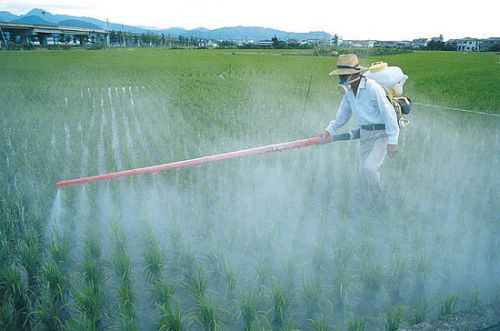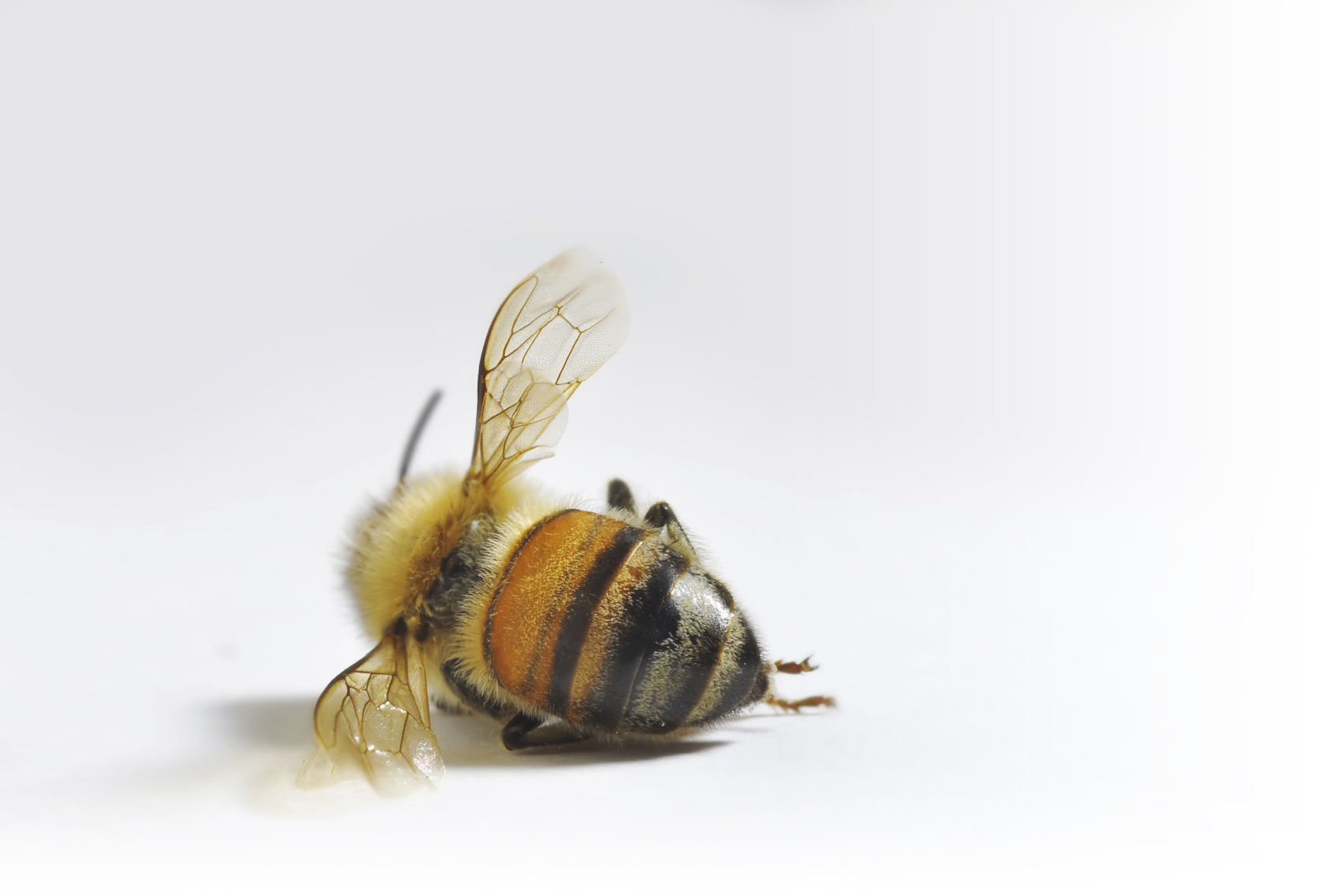The Farm Bill is Defeated
As much as I wanted to see a new, revamped Food/Farm Bill, I must say that I am glad the House version was voted down, since it was so flawed on so many levels. My hope is that our Representatives get back to the table ASAP, and draw up a fair and honest Farm Bill that promotes sustainable, organic agriculture, supports the SNAP Program (food stamps), and puts an end to the enormous subsidies that go to only  the largest mono-crop producers in the country.
the largest mono-crop producers in the country.
Last Thursday, June 20th, the House of Representatives voted on the farm bill ? and it failed 195-234.? All except 24 Democrats voted against it because of the drastic cuts to food stamps ($20 billion, compared to $4 billion cut in the Senate version) and several amendments adopted on the House floor that made the bill even worse, including allowing states to establish drug test and work requirements for food stamp recipients. More Republicans than expected voted against the bill because they object to the size of government programs for things like crop insurance, dairy support and the sugar program.
U.S. Approves a Label for Meat From Animals Fed a Diet Free of Gene-Modified Products
The Agriculture Department has approved a label for meat and liquid egg products that includes a claim about the absence of genetically engineered products.  This is the first time that the department, which regulates meat and poultry processing, has approved a non-G.M.O. label claim, which indicates that the meat, certified by the Non-GMO Project, came from animals that never ate feed containing genetically engineered ingredients like corn, soy and alfalfa. This sets a precedent for other companies that want to label this way and will hopefully move beyond just meat and eggs.
This is the first time that the department, which regulates meat and poultry processing, has approved a non-G.M.O. label claim, which indicates that the meat, certified by the Non-GMO Project, came from animals that never ate feed containing genetically engineered ingredients like corn, soy and alfalfa. This sets a precedent for other companies that want to label this way and will hopefully move beyond just meat and eggs.
EPA Raises Allowable Concentrations of Monsanto?s Glyphosate On Food Crops
 edible oils and animal feed. Glyphosate, which is the most commonly used herbicide, is known to cause a wide range of health problems and is toxic if consumed in high concentrations.?Urgent action is required here. Public comments are due by July 1 to object to new EPA regulations which are already in place (Increase of glyphosate contamination). You can object and post your comments?here.
edible oils and animal feed. Glyphosate, which is the most commonly used herbicide, is known to cause a wide range of health problems and is toxic if consumed in high concentrations.?Urgent action is required here. Public comments are due by July 1 to object to new EPA regulations which are already in place (Increase of glyphosate contamination). You can object and post your comments?here.Hot Dogs, Bacon and Red Meat Tied to Increased Diabetes Risk
You may have heard about the link between red meat consumption and heart disease, but research is now linking it to an increased risk of Type 2 diabetes. Researchers tracked what happened after people changed their meat-eating habits, using data from the Health Professionals Follow-up Study and the Nurses’ Health Study, which include about 100,000 people. Diet was assessed by food frequency questionnaires. The study found that among those who started eating more red meat, about 3.5 servings more per week, the risk of developing Type 2 diabetes during four years of follow-up increased by almost 50 percent. Researchers found that processed red meats such as hot dogs and bacon were more strongly associated with the risk of diabetes. Among those who starting eating less red meat, the risk of developing diabetes dropped by about 14 percent during a 10-year follow-up period. It is important to point out that the most significant driver of Type 2 diabetes is body weight. People who are overweight and obese are much more likely to develop the condition and because red meat is typically high in calories and fat, some experts say that it’s likely these factors that create the link between heavy red meat consumption and and increased risk of diabetes. But in this study, the link held up even after the researchers controlled for the role of weight gain. And this suggests that there’s an independent effect of red meat consumption increasing the risk of diabetes. But experts say more research is needed to understand these connections. Limiting or eliminating red meat consumption seems to be the best bet, especially when it comes to processed meat.
8 Foods We Eat In The U.S. That Are Banned In Other Countries
The United States has one of the worst, if not the worst, track records when it comes to keeping the food system clean of additives, chemicals, dyes and other harmful ingredients. Click here to see a list of food’s  that are banned in other countries, but continue to be sold and consumed here. Keep in mind that this list is just the tip of the iceberg. There are many of other additives to look out for, including GMO ingredients. Buying whole, preferable organic, foods is the easiest way to avoid consuming these harmful foods.
that are banned in other countries, but continue to be sold and consumed here. Keep in mind that this list is just the tip of the iceberg. There are many of other additives to look out for, including GMO ingredients. Buying whole, preferable organic, foods is the easiest way to avoid consuming these harmful foods.
Over 50,000 Bumblebees Found Dead
An estimated 50,000 bumblebees, from more than 300 colonies, were found dead or dying in a shopping mall parking lot in Wilsonville, OR last week. Authorities  confirmed Friday that the massive bee die-off was caused by the use of a neonicotinoid pesticide, dinotefuran, on nearby trees. The loss of bees, known as Colony Collapse Disorder, is an ever growing threat to an already fragile system and will only improve with a ban on neonicotinoid pesticides. If we want to see the continued existence of hundreds of food items, such as apples, almonds, berries, and citrus, we need to urge our policy makers to ban this deadly and destructive chemical today!
confirmed Friday that the massive bee die-off was caused by the use of a neonicotinoid pesticide, dinotefuran, on nearby trees. The loss of bees, known as Colony Collapse Disorder, is an ever growing threat to an already fragile system and will only improve with a ban on neonicotinoid pesticides. If we want to see the continued existence of hundreds of food items, such as apples, almonds, berries, and citrus, we need to urge our policy makers to ban this deadly and destructive chemical today!

Comments are closed.